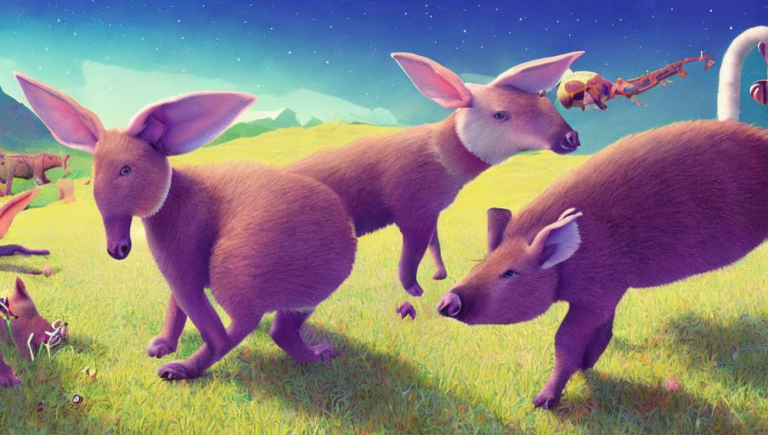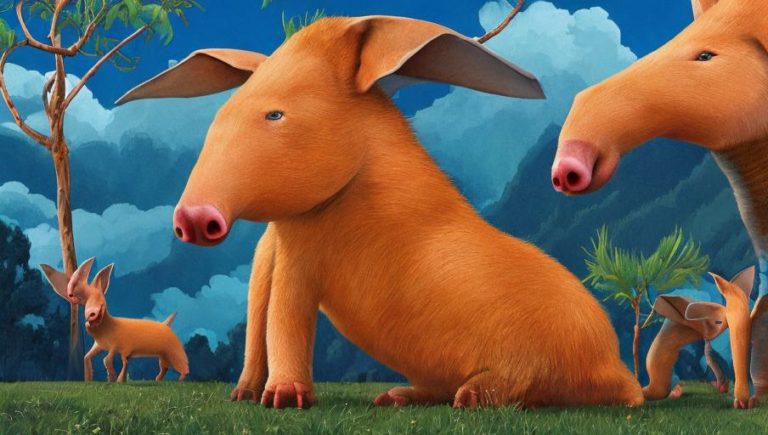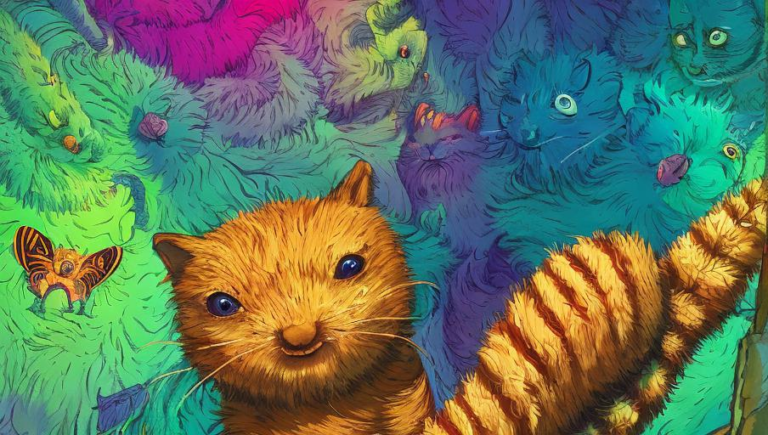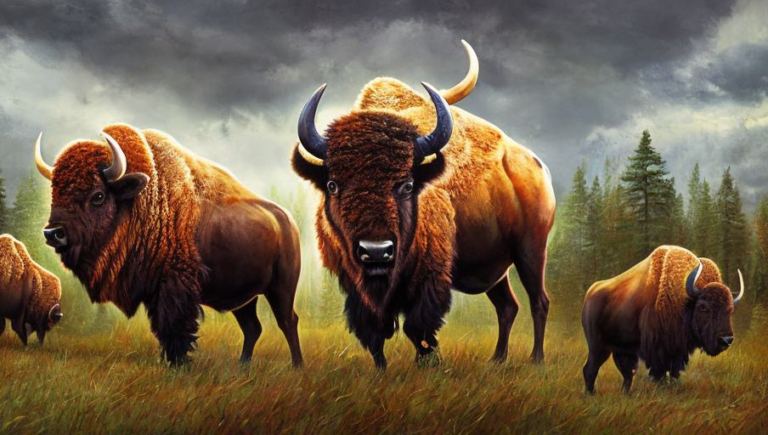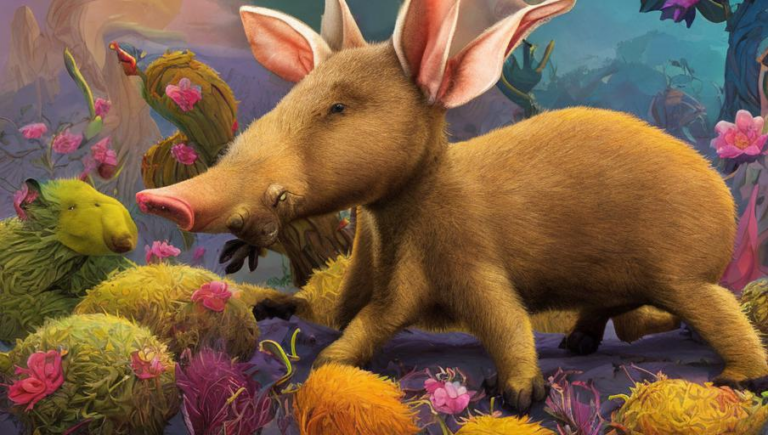Ants
Ants: Nature’s Tiny Workers
Ants are some of the world’s most fascinating creatures. While they may seem small, they have a big impact on the environment. From their role in the food chain to their incredible engineering skills, ants play an important role in the natural world.
What Are Ants?
Ants are social insects that live in complex societies, where they work together to survive. They are found in almost every habitat on the planet, from desert to rainforest. Ants range in size from 1/16th of an inch to one inch in length. They are typically black or red in color, but can also be yellow, brown, or even blue.
Ants in the Food Chain
Ants are important members of the food chain and play a vital role in the environment. They are both predators and scavengers, preying on smaller insects and consuming dead plants and animals. They also help to disperse seeds and act as pollinators.
Incredible Engineering
Ants are remarkable engineers. They build intricate underground nests and tunnels that can stretch for miles. They can even move large objects, like rocks and sticks, to build their nests. Ants also have an amazing sense of direction, allowing them to navigate their way around their environment.
The Ant Life Cycle
The ant life cycle begins with an egg, which hatches into a larva. The larva then matures into an adult ant, which can live anywhere from a few weeks to several years. The ant’s lifespan depends on the species, with some ants living up to 30 years.
Protecting Ants
Ants are an important part of our environment, and it’s important to protect them. Many species of ants are threatened by habitat loss, climate change, and human activities. It’s important to be aware of the effects of our actions on these creatures, and to take steps to protect them.
Conclusion
Ants are incredible creatures and an important part of our environment. They play a vital role in the food chain, their engineering skills are a marvel, and their life cycle is fascinating. It’s important to take steps to protect ants and their habitats, so that they can continue to play their important role in the natural world.
